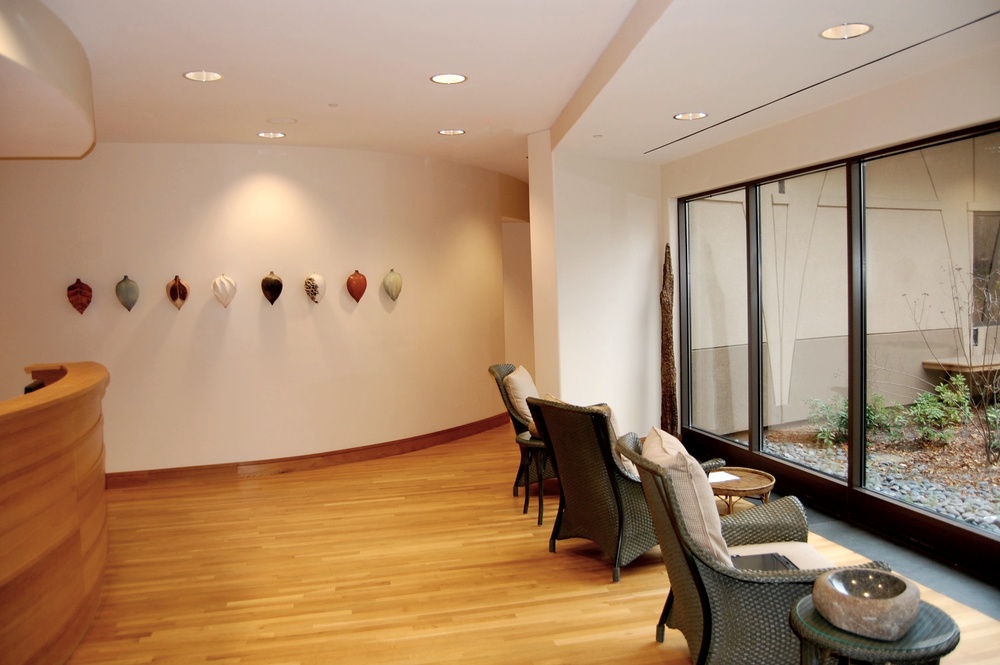
08 May The Poetics of an Integrative Space™
Each year the Pritzker Prize is awarded to a living architect who exemplifies extraordinary integrity, talent, and creativity in their work. It’s often considered the Nobel prize of architecture. This year Japanese architect Arata Isozaki was the winner of this coveted honor. His work is known for creating an East-West connection in innovative and thoughtful ways. Here’s what inspires him:
“The most interesting thing in architecture to me
is receiving something invisible by the senses.”
The physical world begins with what is invisible to the eye, said the Little Prince.
Everyone has had that moment when they’ve walked into a space—maybe a clinic or an office or their own home—and said “Ahhh!” Something happened. It’s hard to put words around what exactly is taking place—-you just know it’s nice. Maybe it’s the color of the walls. The rug. The artwork. The inviting chairs. Whatever it is, there’s an experience and it makes you smile, it changes your state of mind, it’s delightful, it’s poetry in space.
All that said, it’s hard to justify the invisible. You can’t quantify it. There are no parameters for a cost-per-square-foot experience—higher cost if the experience is really good. And, yet, we all recognize when something touches us and makes us feel better, stronger, energized. It’s a transcendent moment.
When space in a healthcare facility, whether a clinic, a hospital, or a medical office, moves from being functional, past being just pretty, to being inspired, an integrative experience takes place. We become connected to something bigger than us. We get a perspective that lifts us up and beyond our daily world.
In an interview in the April 2019 Contract Design, brand and retail specialist Tristan Butterfield defends this poetic experience: “Trends will continue to cycle, but what will not change is our desire to feel something.”
It’s clear that patient experience is the latest focus in healthcare. The question being asked is “How do patients feel?” And that’s not relegated to just the physical side of their health. Were they inspired? Did they smile when they came in? Was there something to elevate their emotional state? Did they forget just for a moment why they had to see a medical professional in the first place?
If so, then something integrative happened to that space that addressed all facets of their “health.” As an Integrative Space specialist, it is my goal to create these unseen elements because, at the end of the day, this is where healing begins.
